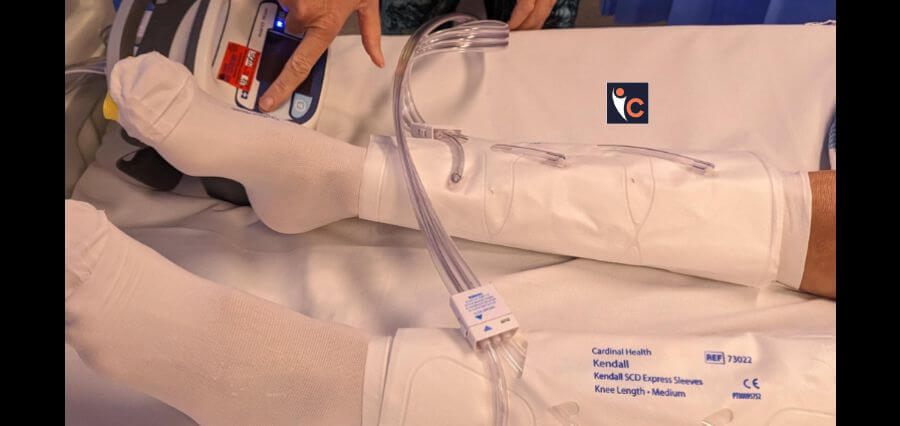Starvation
For body activities to run smoothly, cells require a constant flow of energy. To ensure a consistent supply of energy, the cellular metabolism must change during starvation periods, when no nutrients are taken from food.
Researchers from the FMP gained fresh insights into this essential mechanism in human cells while studying X-linked centronuclear myopathy, a rare genetic muscle disease (XLCNM). This issue is caused by a defective gene on the X chromosome and results in skeletal muscle development abnormalities in boys.
Children with this type of severe muscular weakness typically require ventilator assistance and are wheelchair-bound. Affected children do not live above the age of 10 to 12, in extreme cases, they die soon after.
Behind The Scenes
The lipid phosphatase MTMI is affected by the genetic abnormality in this condition. This enzyme regulates the turnover of a signaling lipid on endosomes, vesicle-like structures in cells involved in nutrient receptor sorting. The researchers observed alterations in the endoplasmic reticulum (ER), a membrane network that spans the entire cell while studying the anatomy of mutant human muscle cells from patients.
The ER creates a huge linked network of “flattened” membrane-enclosed sacs around the nucleus of the cell and thin tubules in the cell periphery in healthy cells. This equilibrium is moved towards the tubules in sick cells, and the membrane-enclosed sacs seem punctured.
In starved cells with MTM1 genetically inactivated, the researchers discovered a comparable accumulation of tiny ER tubules and perforated membrane-enclosed sacs. Fats, on the other hand, cannot be transported or burnt efficiently in cells lacking MTM1. The MTM1-controlled endosome is critical in this process.
Starvation lowers the contact points between endosomes and the ER in healthy cells, allowing the latter to reorganize as a result. However, no contact site decrease occurs in XLCNM patients’ cells.
The endosome exerts a “pulling force” on the ER, causing the stability of peripheral tubules and fenestration of membrane-enclosed sacs. Due to mitochondrial fission being controlled by peripheral ER tubules, mitochondria stay tiny in the absence of MTM. They are far less able to burn storage lipids in this configuration, resulting in acute energy deficiency in the cell.
Words of Expert
Dr. Wonyul Jang, the lead investigator said, “Muscles are extremely sensitive to famine, and their energy reserves are quickly exhausted. As a result, we began to assume that the problem in cells from XLCNM patients was caused by an inappropriate reaction to starvation “Volker Haucke said.
An amino acid shortage occurs when cells are malnourished. As a result, the researchers discovered that the ER undergoes shape modifications in healthy cells, with the outer narrow tubules regressing and being changed into flat membrane-enclosed sacs.” He further added, “This altered ER shape allows the mitochondria, which are spherical organelles that provide energy to the cell (adenosine triphosphate, ATP) and are in contact with the ER, to fuse. Such considerably enlarged ‘giant mitochondria’ are far better able to digest lipids.”
Volker Haucke said, “We discovered an entirely new method for how different compartments in the cell communicate with one another, allowing cell metabolism to change in response to food availability.” Given this, the current study demonstrates that starvation is completely detrimental to the muscle cells of XLCNM patients. They must consume meals consistently to avoid muscle proteins from being broken down into amino acids. In a second study.
Last Words
FMP researchers demonstrated that abnormalities caused by the loss of the lipid phosphatase MTMI can be corrected simply by inactivating the “opposing” enzyme, the lipid kinase PI3KC2B. Only time will tell if this is effective in XLCNM patients.
Volker Haucke’s team is now seeking to identify a viable inhibitor that can inhibit PI3KC2B activity. They have already shown in cell culture that this is theoretically achievable.
Read More News: Click Here















